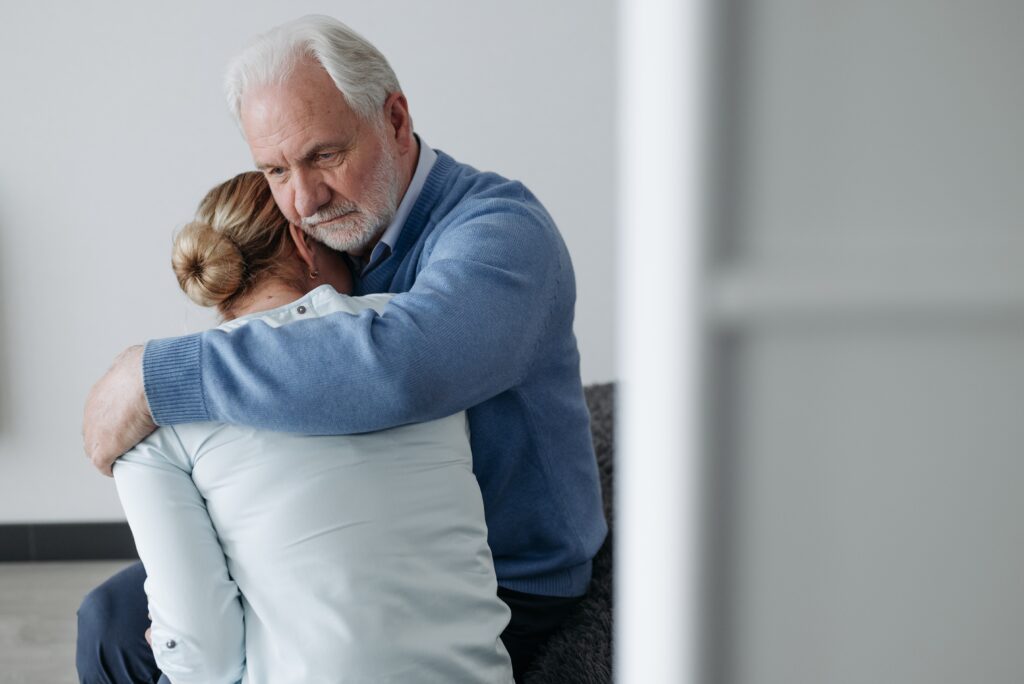How Physical Therapy Helps Back Pain From Kyphosis
Introduction
Kyphosis is an abnormal curvature of the spine that can cause a hunchbacked appearance by making the upper portion more rounded than it should be. Although it is most common among individuals aged 40 years and over, it can occur at any age. While in some cases it may cause no symptoms, it can lead to severe back pain that travels down the legs and arms, especially in more severe cases. Left untreated, it may result in nerve damage, compression fractures, and difficulty breathing or sleeping.
Medical treatments can offer some short-term relief for kyphosis, but a long-term solution lies in physical therapy. This approach has been successful for many individuals suffering from kyphosis-related back pain. Physical therapy is an excellent way to begin correcting the abnormal curvature of the spine and help relieve any resultant pain. With consistent treatment, many individuals have been able to improve their posture and prevent further progression of the condition.
What To Expect At Physical Therapy
To treat chronic back pain due to kyphosis, you’ll undergo personalized physical therapy. Your specialist will first assess your medical history and evaluate your posture and strength, then develop an individualized treatment plan.
The therapeutic program involves a series of exercises that aim to increase your range of motion, improve posture alignment, and strengthen weak muscle groups. The exercises also aim to decrease stiffness or inflammation surrounding the muscles and joints and reduce tension on nerves.
You will also receive techniques to take care of yourself better, such as proper ergonomics at home or work and stretching exercises you can practice on your own between sessions.
What Types Of Exercises Might You Do?
Your physical therapist may recommend exercises such as:
– Strengthening Core Muscles: Core strengthening exercises help support the spine while improving balance and coordination which reduces stress from surrounding muscles around the spine including neck muscles which helps keep natural curves intact while reducing overall strain on the body which improves mobility and comfort levels
-Stretching: Stretching both tight muscles within affected areas as well as adjacent muscles helps ensure correct positioning during activities which reduces pressure on surrounding tissues from maintaining incorrect postures leading to improved flexibility over time
- Mobilization Techniques: Manual manipulation through mobilization techniques helps relax muscle spasms while allowing for easier movement within joint spaces helping increase range of motion.
- Postural Education: Postural education helps patients learn how to move into better postures while decreasing stress on spine-related muscles which reduces fatigue from incorrect positions taken while sitting or standing.
- Aerobic Exercise: Aerobic exercise helps improve circulation throughout the body including into affected spinal areas providing oxygenated blood needed for the healing process while burning off excessive fat buildup which decreases additional stress put on the spine from carrying extra weight.
- Neuromuscular Re-education: Neuromuscular re-education teaches patients how to control movement patterns using focused attention with the goal being maximum activation of selected muscle groups which increases strength without risking further damage due to improper use.
How Long Will Recovery Take?
The recovery timeline varies depending on each individual case but progress should be seen relatively quickly after beginning treatment with positive results occurring in months rather than years when sticking with recommended exercises regularly over time. Most cases require treatment several times per week over the course of several weeks before marked improvement is seen however some patients may require longer treatment periods especially if underlying medical issues are present or if the condition has been present for an extended period without treatment. Additionally, regular follow-ups with a therapist will help review progress made thus far and adjust the treatment plan accordingly so the patient remains comfortable at all times.
Conclusion
Physical therapy can effectively manage chronic kyphotic back pain without medication or invasive procedures. Qualified physical therapists can improve posture, mobility, inflammation, nerve impairment, and muscular strength, reduce injury risk, improve daily function, and provide long-term relief from painful symptoms. Consistent effort towards prescribed activities stretches, and licensed guidance can help those with kyphotic conditions regain an active lifestyle.

